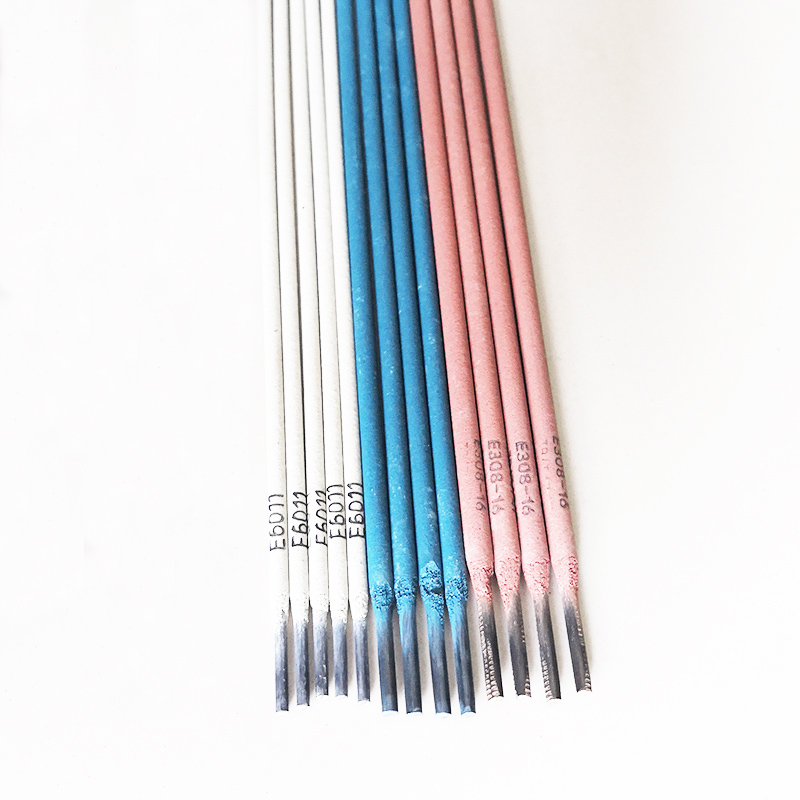welding rods 2.5
Understanding Welding Rods A Focus on 2.5mm Options
Welding is a critical process in many industries, providing the essential connection between materials that need to maintain structural integrity under various conditions. Among the various tools and materials used in welding, welding rods play a pivotal role, influencing both the quality of the weld and the properties of the final product. This article aims to explore welding rods, specifically focusing on those with a diameter of 2.5mm.
What Are Welding Rods?
Welding rods are consumable electrodes used in various welding processes, including Shielded Metal Arc Welding (SMAW), Gas Tungsten Arc Welding (GTAW), and others. They serve multiple purposes, such as transferring current to the workpiece, providing additional material to fill gaps, and protecting the weld pool from atmospheric contamination. The diameter of the welding rod can significantly affect the welding process, including the amount of heat generated and the speed of the welding operation.
Features of 2
.5mm Welding RodsWelding rods with a diameter of 2.5mm are commonly used in a range of applications owing to their balanced characteristics. They are particularly advantageous for welding thin to medium-thick materials, making them suitable for lightweight fabrication, repairs, and maintenance work. Here are some key features of 2.5mm welding rods
1. Versatility One of the main benefits of 2.5mm rods is their versatility. They can be employed in various welding positions, including flat, horizontal, vertical, and overhead, thereby accommodating different project needs.
2. Ease of Handling Because of their smaller diameter, 2.5mm rods are easier to manipulate and control, allowing for more precise welds, especially in delicate or awkward spaces.
welding rods 2.5

3. Good Penetration Despite their smaller size, these rods can provide good penetration into the base metals, which is crucial for achieving strong welds even in thinner materials.
4. Less Heat Input A smaller diameter means that the heat input is generally lower, which reduces the risk of warping or distorting thin materials. This quality makes 2.5mm rods ideal for welding applications in automotive repair and similar fields.
Choosing the Right Welding Rod
While 2.5mm welding rods offer distinct advantages, it is essential to choose the right type based on the specific requirements of the welding job at hand. Factors such as the base material, required strength of the weld, and the desired appearance of the finished joint should all be taken into account.
Different types of welding rods are categorized based on their composition and coating. For instance, E6013 rods are popular for their ease of use and smooth welds, while E7018 rods provide higher strength and excellent ductility. When selecting a 2.5mm welding rod, consider the nature of the task—whether it involves mild steel, stainless steel, or cast iron.
Conclusion
In conclusion, 2.5mm welding rods represent a vital component in the welder's toolkit, enabling efficient and effective welding across a variety of applications. Their versatility and ease of use make them a favored choice for many welders, from professionals to hobbyists. By understanding the characteristics and proper usage of these rods, welders can enhance their skills and improve the quality of their work, contributing to the overall success of their projects. Whether you are engaged in metal fabrication, repair work, or artistic creations, selecting the right welding rod can elevate the end result significantly.
-
Best MIG Welding No Gas Flux Core Solution – Easy, Portable & Clean WeldingNewsJul.08,2025
-
7018 Welding Rod 3/16 - High Strength, Low Hydrogen Electrodes Wholesale 3/32 Welding Rod 7018 Suppliers & China 7018 AC Welding Rod FactoryNewsJul.08,2025
-
High Quality MIG Aluminium Welding Wire - Wholesale Factory Prices from China SuppliersNewsJul.07,2025
-
High-Quality Gasless Aluminum Welding Wire China Gasless Aluminum MIG Wire SupplierNewsJul.07,2025
-
High Quality Ordinary Welding Rod for Pipes – Reliable China Welding Rod 7016 SupplierNewsJul.06,2025
-
Welding Wire 0.9 mm ER70S-6 Supplier Wholesale Manufacturers & FactoriesNewsJul.06,2025


